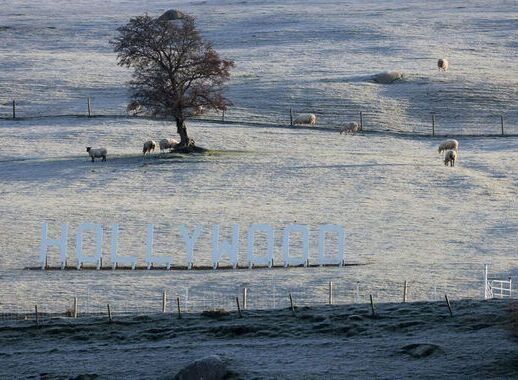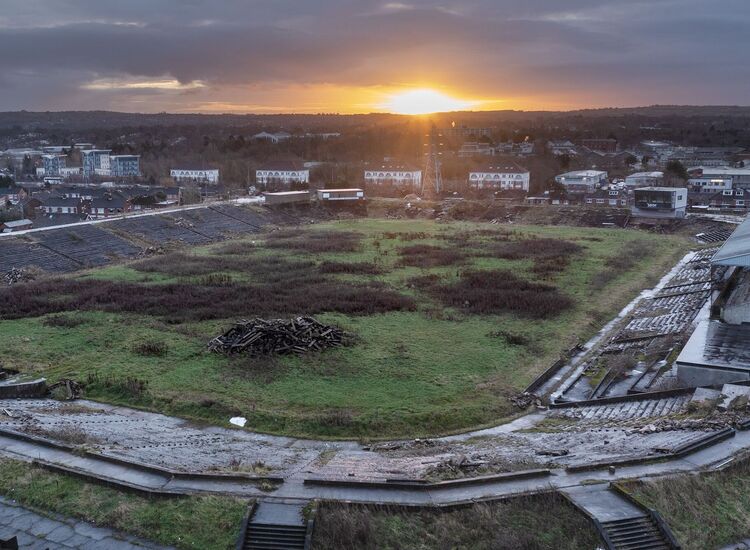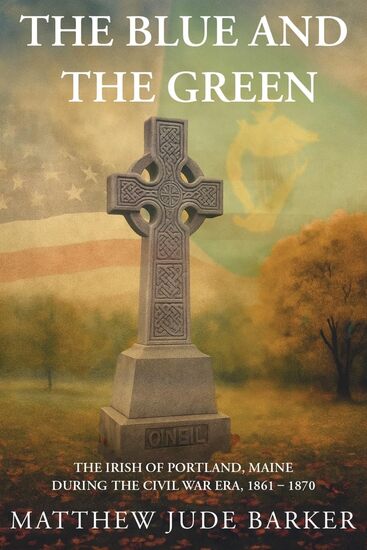By Peter McDermott
An American priest based in Nicaragua is asking President Obama and Democratic Party leaders to help solve a 27-year mystery - the fate of his fellow Jesuit, the Rev. James "Guadalupe" Carney.
The Rev. Joseph Mulligan and Carney's relatives believe that the blacked out pages of a 1990s Central Intelligence Agency report - about its activities in Honduras in the previous decade - may well have the clues that could lead to a Christian burial for the remains of the priest.
The World War II veteran Carney, who was then 58, volunteered to act as a chaplain to a 93-member revolutionary group that entered Honduras from Nicaragua in 1983. None of the group survived after it encountered special units of the Honduran army. Eyewitness testimony from former members of the military suggested that key members of the group were captured, tortured and then killed, in some cases by being thrown from a helicopter.
As reported by the Echo in February, Mulligan asked U.S.-based supporters to contact their members of Congress to write to the president. He hoped that, with a new administration and the passage of more than 25 years, now would be an opportune time to declassify CIA documents relating to the case. On Monday, the priest wrote to Senator Chris Dodd, who has had a long-time interest in Central American affairs, requesting that he look into the 27-year-old mystery.
"I have become a close friend of his family, especially the Smith family of Birmingham, Mich., who have designated me as their representative in working on the case," Mulligan said in his letter to Dodd.
"We Jesuits and his relatives are very interested in knowing exactly what happened to him and in having a Christian burial in Honduras, if we can ever find his remains," he added.
"David Arturo Baez Cruz, a Nicaraguan who became a U.S. citizen and served for years as a Green Beret in the U.S. army before resigning and returning to Nicaragua, also entered Honduras with the same group and disappeared.
"In a letter of July 11, 2001 to the Information and Privacy Coordinator of the CIA, I requested 83 items of information in relation to FATHER JAMES (GUADALUPE) CARNEY and DAVID ARTURO BAEZ CRUZ which had been blacked out of the 'CIA Inspector General's Report of Investigation: Selected Issues Relating to CIA Activities in Honduras in the 1980s' (August 27, 1997). About half of this 250-page document was blacked out before being 'declassified.'
"The CIA gave my 2001 request the Reference Number F-2001-01650. Although I have had some correspondence with the CIA about my request, I have never received a decision on my request.
"Since no decision was ever made about my request, on July 31, 2009 I submitted basically the same request."
"I received a reply from the CIA Information and Privacy Coordinator, Delores M. Nelson, dated 16 December 2009, acknowledging receipt of my request of July 31, 2009 and stating that they are processing it. They have given this present request the Reference Number F-2009-01688. "
"Ms. Nelson also stated that the CIA is continuing to process my original request of 2001 - Reference Number F-2001-01650."
Mulligan added in his letter to Senator Dodd: "I would be very grateful if you would contact the CIA Director Leon Panetta in support of both of my requests. A complete declassification of the CIA Inspector General's Report could shed light on the disappearance of these two U.S. citizens and also on important aspects of American policy in Honduras in the 1980s."
The New York City-born Mulligan joined the Society of Jesus in 1963. His family had some years earlier relocated to the Detroit area. By the time of his ordination as a priest in the 1970s, he had already served two years in prison for his part in a civil disobedience action opposing the Vietnam War. He later met and befriended Carney, who had also grown up in an Irish-American family in the Midwest. The older priest was visiting his family on a trip back home from Honduras, where he had lived since 1961.
Carney was expelled from the Central American country in 1979, just as the Sandinista revolution was taking place in neighboring Nicaragua. Mulligan, who moved to that country in 1986, said that Carney was inspired by the revolution and thought the time was right for something similar to happen in Honduras.
In "To Be a Christian Is...To Be a Revolutionary," an autobiography published after his disappearance, Carney wrote: "Why are the campesinos so poor in this rich valley? They are farmers who do not have any land! We rebel against that, even if they call us communists, even if they kill us. We have to wake our people up, tell them to get organized, help them to change the situation."
He said that he saw himself as no different from any other type of chaplain in the world's armies.
Carney's decision to join the revolutionary group, however, was at odds with the Jesuits' mission in Central America. He accepted that, and resigned, though he remained a priest.
Mulligan said that if Carney and Baez Cruz were captured, it seems likely that the Honduran military would have contacted U.S. embassy or intelligence personnel. Family members and human rights activists have wondered if the men were tortured, killed and "disappeared" after a "wink of approval" from the Americans.
"The issue is the treatment of prisoners of war," Mulligan said.
Three sources have since indicated that Carney was indeed tortured and killed. Florencio Caballero, an army officer in the counterinsurgency Battalion 3-16 who deserted in 1986, said in interviews with members of the Carney family and the New York Times that the priest was taken to a military base operated by the CIA inside Honduras as part of its war against the Sandinista government in Nicaragua. According one summary of the testimony from Caballero, who was granted asylum and has since died in Canada, "execution orders came from the commander of the Honduran Armed Forces, Gen. Gustavo Álvarez Martínez, in the presence of a CIA officer, and ... Carney was subsequently tortured and thrown alive out of a helicopter over the Honduran jungle."
A second source, Lucas Aguilera of the Christian Democrat Party, gave a sworn court statement to the effect that he had seen Carney alive in military detention in Olancho. Finally, Eric Haney, a U.S. Army Delta Force member who said he was involved in the Olancho operation, claimed in radio interviews that a CIA agent told him that Carney was "brutalized prior to his death, that the marks that were on his body had to have been inflicted while he was still alive."
[Fr. Joseph Mulligan pictured in a study at the Jesuits' residence in Managua. PHOTO BY PETER MCDERMOTT]









